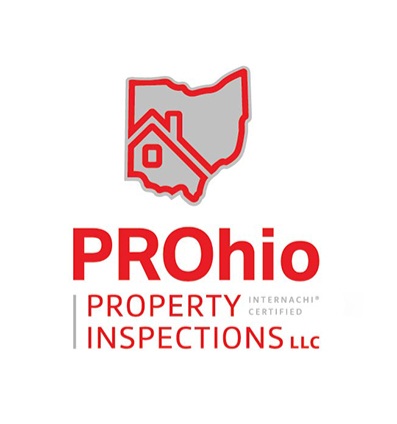Buying a flipped home can be an enticing prospect, offering the allure of a beautifully renovated property without the hassle of extensive renovations. However, not all flipped homes are created equal, and some may hide lurking issues that can turn your dream purchase into a financial nightmare. Identifying warning signs of a poorly flipped home is essential to safeguard your investment and ensure a safe and comfortable living space. In this article, we’ll explore the key indicators that should raise red flags for any prospective homebuyer.
1. Superficial Aesthetics:
A telltale sign of a poorly flipped home is an overly emphasis on cosmetic upgrades with little attention to structural integrity. Flippers may focus on surface-level changes like fresh paint, new flooring, and modern fixtures to mask underlying problems. Before falling for the sparkling facade, it’s crucial to have a thorough inspection by a qualified professional who can assess the property’s true condition.
2. Shoddy Craftsmanship:
A well-executed flip requires skilled craftsmanship and attention to detail. However, some flippers may cut corners to maximize profits, resulting in sloppy workmanship. Crooked tiles, uneven walls, poorly aligned doors and windows, and loose hardware are indicative of subpar renovations. Engaging the services of a reputable home inspector can help uncover any hidden defects in workmanship.
3. Cheap Materials:
In a rush to complete a flip on a tight budget, some flippers may opt for low-quality materials that can quickly deteriorate. Inferior materials may result in premature wear and tear, leading to costly repairs in the future. Inspecting the quality of materials used during the renovation process is vital in ensuring the longevity and durability of your potential new home.
4. Electrical and Plumbing Concerns:
Faulty electrical and plumbing systems can pose significant safety hazards and may be a clear sign of a poorly flipped home. Outdated or improperly installed electrical wiring, leaky pipes, or inadequate insulation can lead to potential risks and inconvenience. A comprehensive inspection by a certified professional is necessary to identify any potential hazards and address them accordingly.
5. Incomplete or Unpermitted Renovations:
Properly executed flips require adherence to building codes and obtaining the necessary permits for structural changes. Flippers who avoid these legal requirements may be attempting to conceal issues that could be costly to fix. Requesting documentation of permits and reviewing city records can give you insight into the legitimacy of the flip.
6. Excessive Flipping History:
A property with multiple recent flips within a short period can be a warning sign. Frequent renovations could indicate a history of inadequate flips or a seller attempting to offload a problem property. Researching the property’s flipping history can help you gauge its stability and make an informed decision.
When considering a flipped home, it’s essential to look beyond the shiny exterior and inspect the property with a discerning eye. Warning signs of a poorly flipped home include superficial aesthetics, shoddy craftsmanship, cheap materials, electrical and plumbing concerns, incomplete or unpermitted renovations, and excessive flipping history. Protect your investment and ensure your peace of mind by enlisting the services of a qualified home inspector to thoroughly assess the property before making a purchase. A well-executed flip can be a wise investment, but identifying red flags early on will save you from potential headaches and expenses in the long run. Remember, thorough due diligence is the key to finding your perfect, safe, and sound home.
